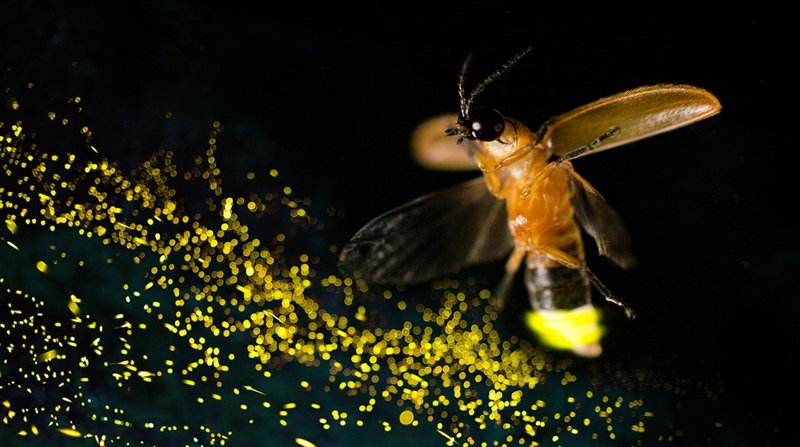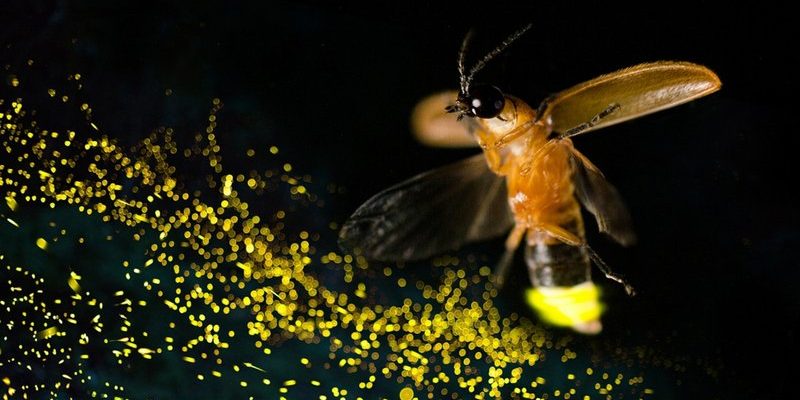
As temperatures rise and weather patterns shift, the intricate dance of life for fireflies begins to unravel. Their habitats, life cycles, and even their mating rituals are all influenced by these changes in climate. It’s a lot like when your favorite recipe calls for specific ingredients, and suddenly they’re just not available. The result? A dish that doesn’t taste quite right. In this case, the firefly’s “dish” is the natural world, and climate change is altering the recipe.
Let’s delve into how climate change affects fireflies and why this matters not just for these tiny creatures but for us, too.
Understanding Firefly Habitats
Fireflies thrive in specific environments, and their homes are often moist, warm, and rich with vegetation. Think of them as little bioluminescent indicators of a healthy ecosystem. They love wetlands, forests, and meadows, where they can find food and mates. But as climate change affects these ecosystems, fireflies are feeling the pinch.
Rising temperatures can lead to dry spells, which dry out wetlands where fireflies lay their eggs. When these habitats change, fireflies may struggle to find the right conditions to thrive. For instance, if you picture a swampy area filled with tall grass and soft soil, imagine that area drying up and becoming barren. Without adequate moisture, fireflies can’t complete their life cycle, which is vital for their survival.
Moreover, urbanization—another byproduct of climate change—further impacts these habitats. As cities expand, they encroach on firefly homes, leading to habitat loss. This puts additional stress on their populations, making it harder for them to survive and reproduce. Just like how we feel when our favorite park gets turned into a shopping mall, fireflies are losing their safe spaces.
The Life Cycle of Fireflies
Fireflies have a fascinating life cycle that involves eggs, larvae, pupae, and adults. Each stage relies on specific environmental conditions. Warmer temperatures can impact the timing of these stages, causing mismatches in the timing of breeding, or even leading to increased predation.
Let’s break it down. Firefly eggs typically hatch in moist soil. If climate change dries out the soil, the eggs may not survive. Then there’s the larval stage, where fireflies are actually some of the coolest predators. They eat snails and slugs, which are abundant in damp environments. If those environments dry up, the larvae may not find enough food to grow into adults.
One might think, “Can’t they just adapt?” Well, adaptation takes time, and with the rapid pace of climate change, fireflies might not be able to keep up. Just like any living creature, they need stability and time to adjust, and right now, their world is anything but stable.
The Role of Temperature and Weather Patterns
Temperature and weather are crucial for firefly behavior. Warmer springs can lead to earlier mating seasons, but if those temperatures fluctuate too much, it can confuse fireflies. It’s a bit like setting your alarm for a different time each morning; eventually, you’ll miss your wake-up call!
Increased rainfall can also play a role. While fireflies benefit from wet conditions, excessive rain can wash away eggs or create puddles that attract predators. If unexpected weather patterns become the norm, fireflies might find it hard to reproduce successfully.
Moreover, the change in weather affects the availability of their food sources, including the plants that support the insects they prey on during their larval stage. If these plants bloom earlier or fade away due to weather changes, fireflies might find themselves in a real bind, lacking what they need to thrive.
Light Pollution and Its Effects
You might think it’s just a small annoyance—a little extra light creeping into your backyard from the streetlamps or nearby buildings. But for fireflies, light pollution can be a significant issue. Fireflies communicate through their blinking lights to attract mates. If the night sky is filled with artificial lights, it can interfere with these signals.
Imagine trying to send a text message in a crowded room where everyone is talking loudly. It would be tough to get your message across, right? Similarly, fireflies struggle to find each other among the bright lights. This can lead to decreased mating success, ultimately affecting their populations.
Plus, light pollution can disrupt their feeding and resting habits. Fireflies are nocturnal, and when their nighttime environment is artificially bright, it can confuse them, leading to increased predation from other creatures. Their well-timed evening glow might just fade away if we continue to ignore the impacts of our own light.
Conservation Efforts and What You Can Do
So, what can be done to help our glowing friends? Conservation efforts are crucial in turning the tide for fireflies. By protecting their habitats, reducing light pollution, and promoting sustainable land use, we can create a healthier environment for them to thrive.
One simple action you can take is to reduce artificial lighting in your backyard. Consider using motion sensor lights or low-intensity bulbs. Even planting native flora can help create a welcoming habitat for fireflies. They prefer unmanicured lawns and wild spaces where they can find shelter and food.
Moreover, supporting local conservation groups that focus on restoring wetlands and other essential habitats can make a real difference. Every small step counts when it comes to protecting these glowing gems of the night.
Why Firefly Conservation Matters
You might be wondering, why should we care about fireflies? They are more than just pretty lights in the evening; they play a vital role in our ecosystems. As predators, they help control pest populations, and their decline can upset the balance of nature. This is a classic “canary in the coal mine” situation; when fireflies start struggling, it’s a sign that our environment is in trouble.
Fireflies also have cultural significance in many societies. They remind us of childhood memories spent catching them in jars or watching their dance in summer evenings. Losing them would not only diminish our natural world but also rob us of these shared experiences.
Let’s not forget that protecting fireflies is about ensuring biodiversity. Healthy ecosystems are vital for all living creatures, including humans. By caring for fireflies, we’re caring for the planet.
The impact of climate change on the firefly is a reminder of how deeply interconnected our ecosystems are. These tiny lights hold more significance than we often realize, reflecting the larger health of our environment. Each flicker of a firefly represents a complex web of life that is sensitive to change.
By acknowledging the threats they face and taking steps to protect them, we can ensure that future generations get to experience the magic of fireflies. Whether it’s planting native plants, reducing light pollution, or supporting conservation efforts, every action matters. So next time you see a firefly lighting up the night, remember the role of climate change in their lives and the steps we can take to keep their glow bright.

